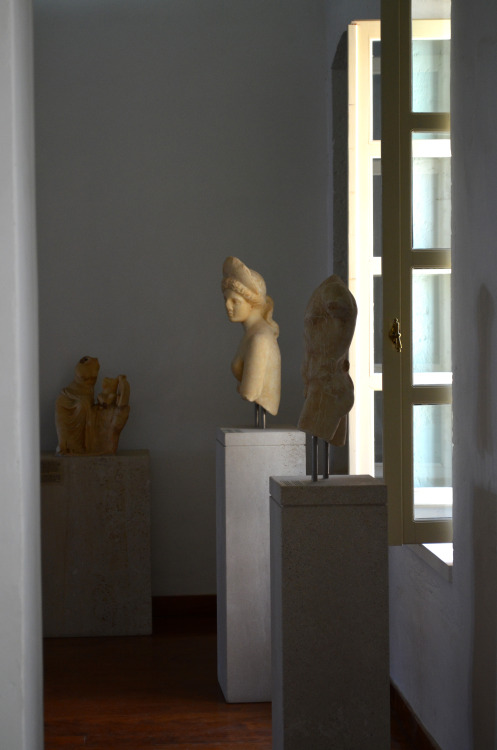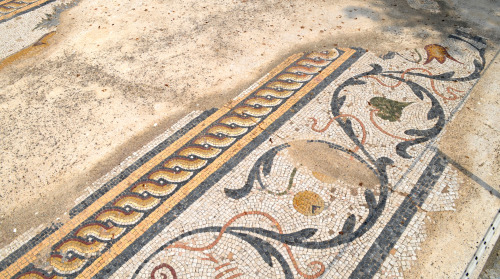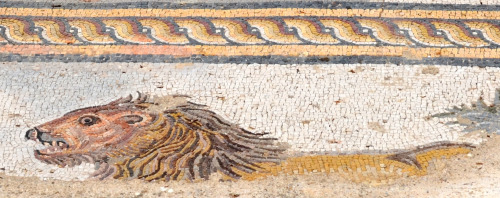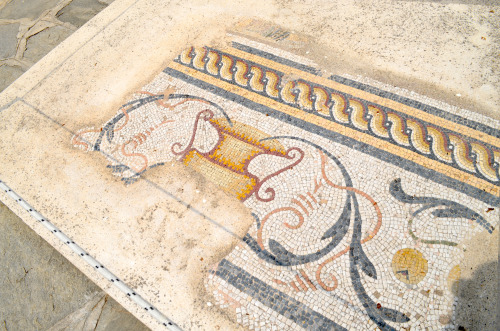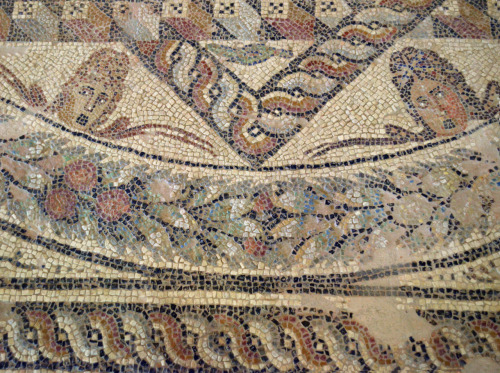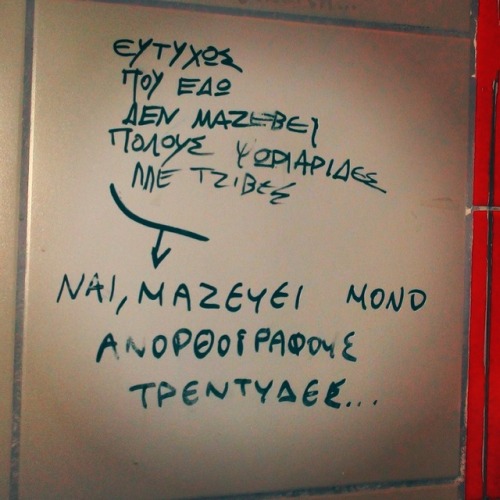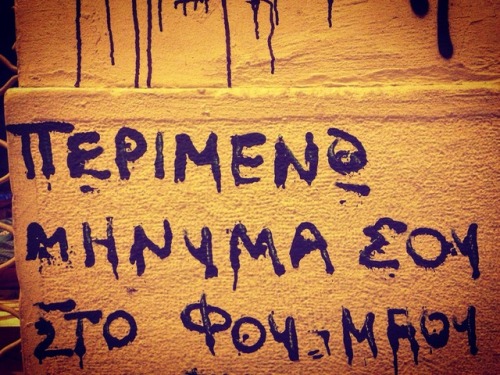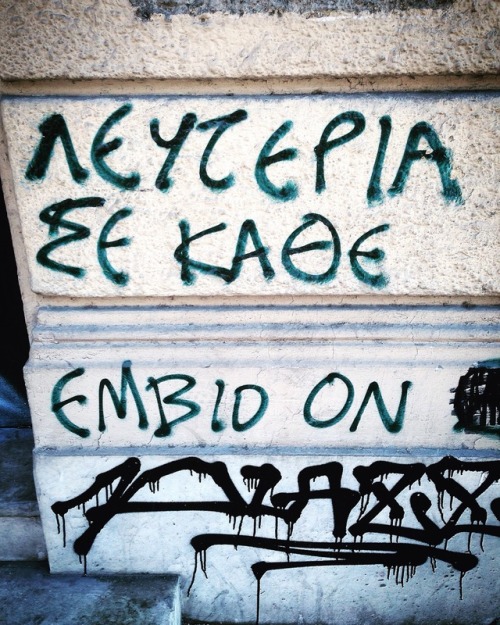#ελλάδα
Σοφία Μπεκατώρου, Ζέτα Δούκα, Κατερίνα Γερονικολού και η λίστα ατελείωτη…

~ Παύλος Γκούλελης
(Instagram@paulgoul)
The townhall, Chalkida, Greece
#chalkida #townhall #evia #Eviaisland #townhall #christmas #christmaslights #neoclassical #architecture #building #hometown #greece #Ελλάδα #Χαλκίδα #Εύβοια #χριστούγεννα #traveltipsgr (στην τοποθεσία Chalkída, Greece)
Post link

Μεταμορφώνοντας την «ταπεινή» αγκινάρα σε μια γαστρονομική εμπειρία. Ευχαριστώ!
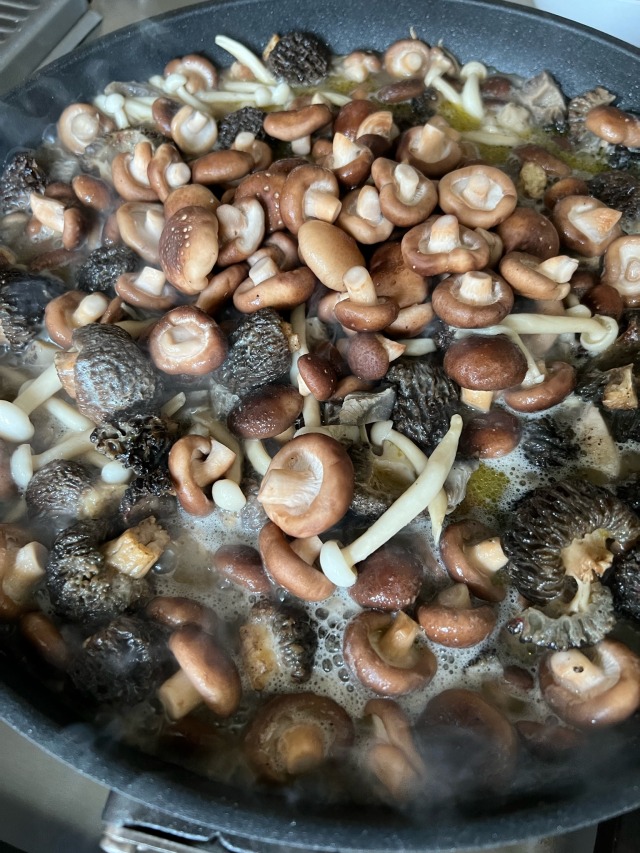
Μαγειρεύοντας μανιτάρια σωτέ για αγαπημένους. Ευλογία!
νοσταλγία
Όσο αναπολείς παλιές στιγμές, σκέφτεσαι πάντα είτε αρνητικές είτε θετικές στιγμές από την χρονική εκείνη περίοδο.
Πολλές φορές θα βρεις τον εαυτό σου να μετανιώνει κ να θέλει να γυρίσει πισω σκεπτόμενος ότι τελικά ήσουν δραματικός, υπερβολικός, και περνούσες καλύτερα από ότι τώρα.
Η νοσταλγία είναι πουτανα. Τίποτα δεν ήταν όσο καλό όσο το θυμάσαι.
και κάπου εδώ αναρωτιέσαι γιατί έφυγα;
Υπήρχε λόγος. Και σίγουρα σημαντικότερος από τις “θετικές” στιγμές. Είναι δυστυχώς στη λειτουργία του ανθρώπινου νου να αποσπά την προσοχή από τα άσχημα γεγονότα και να σε ωθεί προς τα καλά με την ελπίδα πως θα επιχειρήσεις να γυρίσεις.
Αλλά η νοσταλγία σου προκαλεί μια ακόμα ψευδαίσθηση
Υ.Γ: Αν το διαβάζεις αυτό και σκέφτεσαι κάτι συγκεκριμένο, δες το ως ένα μήνυμα από το σύμπαν να μη γυρίσεις πίσω σε ότι σε πλήγωσε. Αξίζεις καλύτερα <3
Crete, Archaeological Museum of Kissamos:
Λ3239 Kissamos, Health Center. Found and donated by D. Vouterakis 1985. Decorative marble group of Aphrodite and Eros sitting on a rock playing guitar. The composition is iconographically unique. Although Eros is often depicted with a guitar or lyre (on lamps, figurines, mosaics, wall paintings, etc.), the depiction of Aphrodite with musical instruments is rare. It probably decorate an atrium. Date: Second half of 1st century A.D.
Post link
Crete, Archaeological Museum of Kissamos:
Λ3210 Kissamos, El. Venizelos Square 1983. Marble statue of Silinos. The statue worked as a fountain with water flowing from the goatskin on his shoulder. Well polished Parian marble (lychnites). Date 1st 02nd century A.D.
Post link
Crete, Archaeological Museum of Kissamos:
Λ694 Kissamos, eastern Roman Baths, 1967. Marble statue of a Satyr resting. He leans on a tree trunk, where a pedum for hunting hares in hanging. He wears a panther’s skin and was possibly holding a flute. Under the trunk, a miniature cow is represented. Loose copy of a Hellenistic prototype. Date 2nd century A.D.
Post link
Crete, Archaeological Museum of Kissamos:
Λ418, Kissamos, Raisakis plot 2005, Naked marble torso of Aphrodite wearing a diadem. Roman copy of a Hellenistic prototype from the end of 4th century B.C. It belongs to the type of Capitoline Aphrodite (modest Aphrodite).
Post link
Crete, Archaeological Museum of Kissamos:
(Λ419) Found in Kissamos, eastern Roman baths, 2005. Marble statue of a young Pan with characteristics of a Satyr. He is holding a hare in his right hand. Roman copy of a Late Hellenistic prototype. Its style is similar to that of the Satyr (694). Date 2nd century A.D
This statue was found crushed in the Roman baths, possibly from the 365 A.D earthquake, this photo is from the excavations - part of the museum exhibition.
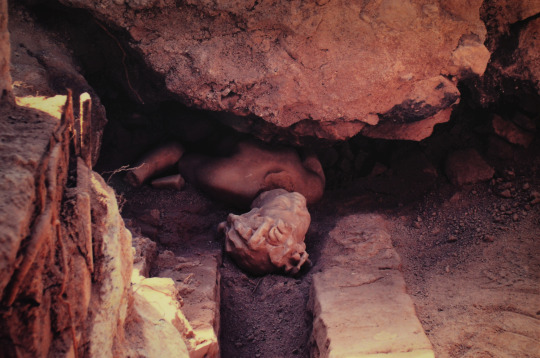
The Earthquake of 365 A.D.
During the night of July 21, 365 A.D. a terrific earthquake of 8.5 Richter magnitude destroyed Kissamos and other Cretan and Mediterranean cities. It triggered a tsunami that reached the Nile delta and is a possible cause of the uplift of Western Crete. This earthquake signalled the decline of the city and the end of the ancient, pagan world in this area.
Finds from the destruction level include coins and ceramics in accord with the chronology of the earthquake, four human skeletons crushed under the ruins, and intense burning on the floors from fires probably caused by fallen oil lamps. The first evidence of survival are outdoor ovens and cooking hearths constructed on top of the destruction debris.
Post link
Cyclades, Archaeological Museum of Paros:
Mosaics with a depiction of the labours of Hercules. The mosaics probably belonged to a public building, possibly a gymnasium dating circa 300 A.D. They were discovered in the premises of the Byzantine church Panagia Ekatontapyliani in Parikia, Paros
Post link
Crete, Archaeological Museum of Chania:
Triclinium from the House of Dionysos
In the large panel Dionysos is depicted on a panther followed by a satyr. In the border part, the artist’s signature is preserved indicating his provenance; Daphne, a suburb of Antioch, where there was a famous mosaic school at the time. The legend of Dionysos and Ariadne of Naxos is depicted in the best preserved smaller panel. The comic masks allude to the relationship of Dionysos with theatre.
Found in the town of Chania (ancient Kydonia), near the Market Square in 1977.
The best preserved scene of the same triclinium with Dionysus and Ariadne at Naxos, as well as some decorative details on these two posts 1,2.
Part of the preserved signature: …(from) Daphne made.

Some of the decorative geometric designs.
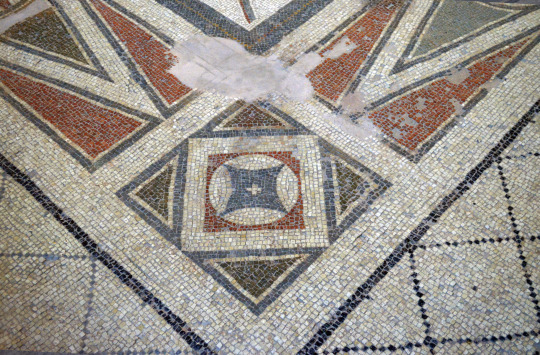
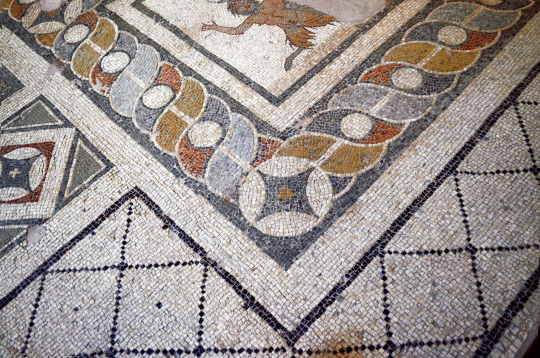
The scene with the panther.

A scene with actors from the same triclinium.

Post link
Crete, Archaelogical Museum of Chania:
Decorative, square from the triclinium of the House of Dionysos.
In the large panel Dionysos is depicted on a panther followed by a satyr. In the border part, the artist’s signature is preserved indicating his provenance; Daphne, a suburb of Antioch, where there was a famous mosaic school at the time. The legend of Dionysos and Ariadne of Naxos is depicted in the best preserved smaller panel. The comic masks allude to the relationship of Dionysos with theatre. Found in the town of Chania (ancient Kydonia), near the Market Square in 1977.
Dated 3rd century A.D.
Detail from another one of the squares.

Post link
Crete, Archaelogical Museum of Chania:
Decorative, border details from the triclinium of the House of Dionysos.
In the large panel Dionysos is depicted on a panther followed by a satyr. In the border part, the artist’s signature is preserved indicating his provenance; Daphne, a suburb of Antioch, where there was a famous mosaic school at the time. The legend of Dionysos and Ariadne of Naxos is depicted in the best preserved smaller panel. The comic masks allude to the relationship of Dionysos with theatre.
Dated 3rd century A.D
Found in the town of Chania (ancient Kydonia), near the Market Square in 1977.
Post link
ελπίζω να είναι όμορφα εκεί που είσαι
ο ήλιος να λάμπει
και να έχεις μια ωραία μέρα
και θέλω τότε μόνο να με σκέφτεσαι
όταν έχει λιακάδα
όχι όταν βρέχει ή κάνει κρύο
να με σκέφτεσαι στις όμορφες μέρες
γιατί και εμείς μόνο τέτοιες είχαμε
Κάποιες φορές εύχομαι να μην σε είχα γνωρίσει ποτέ γιατί είναι τόσο δύσκολο να σε ξεχάσω τώρα.
Μα εξήγησε μου πώς γίνεται αυτό, να σε βλέπω μια μέρα και να σε σκέφτομαι εκατό.
Ναι, gege. Αλλά, ρε φίλε, δεν παρα-είναι προσωπικό το θέμα για να το μοιράζεσαι στα ντουβάρια;
Post link
Δεν μπορώ να πω ότι πολυ-καταλαβαίνω τι θέλει να πει ο καλλιτέχνης, αλλά κάνει ομοιοκαταληξία οπότε θα ισχύει.
Post link
Αύριο θα πάω σε ψυχολόγο
Και απλά έχω φουλ άγχος και ήθελα κάπου να το πω
F u c k
Μια μέρα θα εξαφανιστώ μπας και ξεχάσω όλα όσα αντίκρισα.
Όταν δεν έχεις τι να γράψεις στο Tumblr, είναι που καταλαβαίνεις ότι είσαι συναισθηματικά νεκρή.
Ξέρετε τι μου την δείνει πιο πολύ;
Το ότι μου έλεγε πως με αγαπάει.
Αλλά μάλλον με μπέρδεψε με άλλη.
Να είναι λίγα μέτρα μακριά σου και να μην μπορείς να τον δεις.
Γαμημένες κρίσεις πανικού.
Κανείς:
Εγώ:ΚΡΥΏΝΩ
Το έχω συνηθίσει πλέον, όταν είμαι χαρούμενη ξαφνικά να καταλήγω πληγωμένη.







